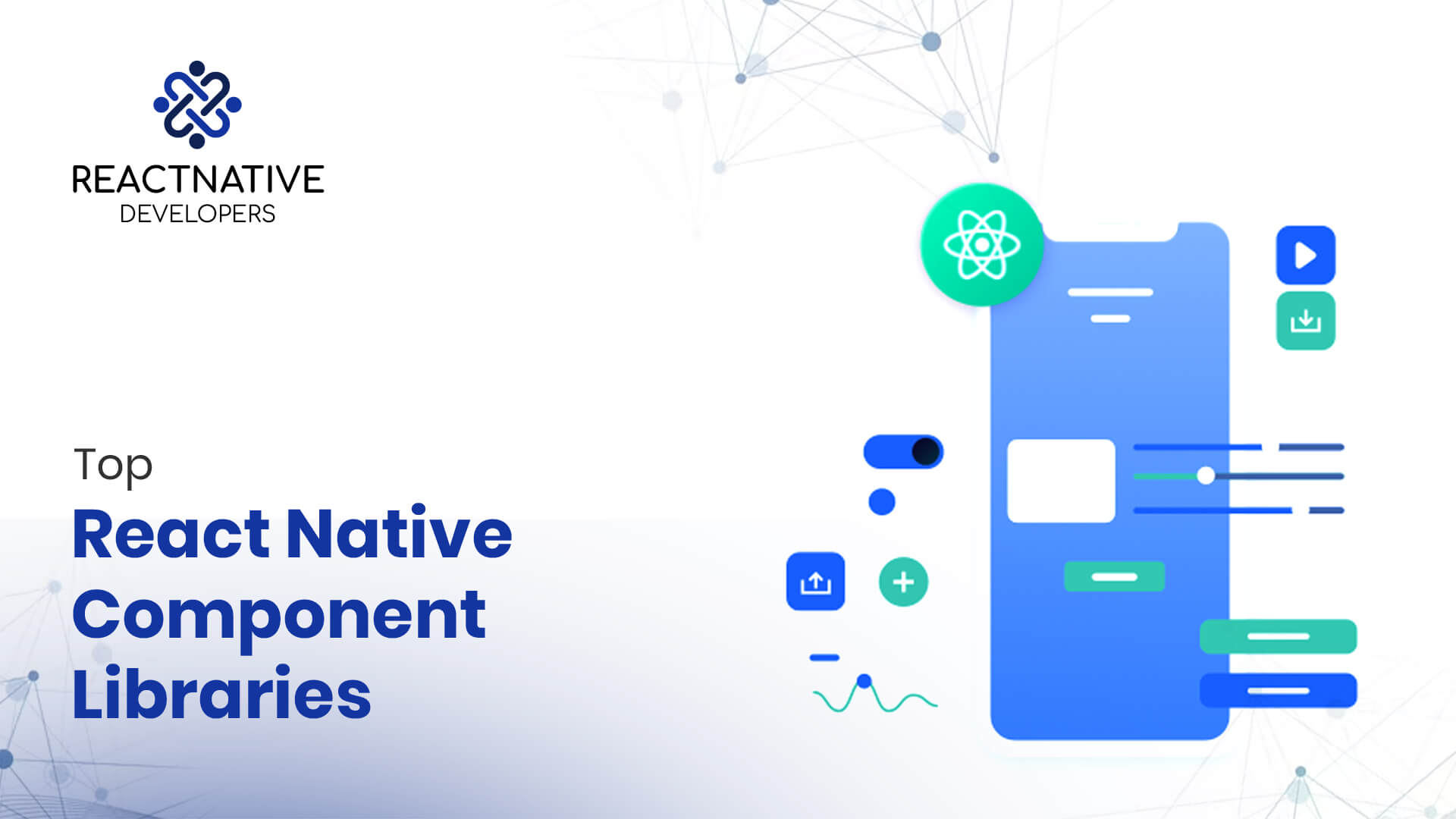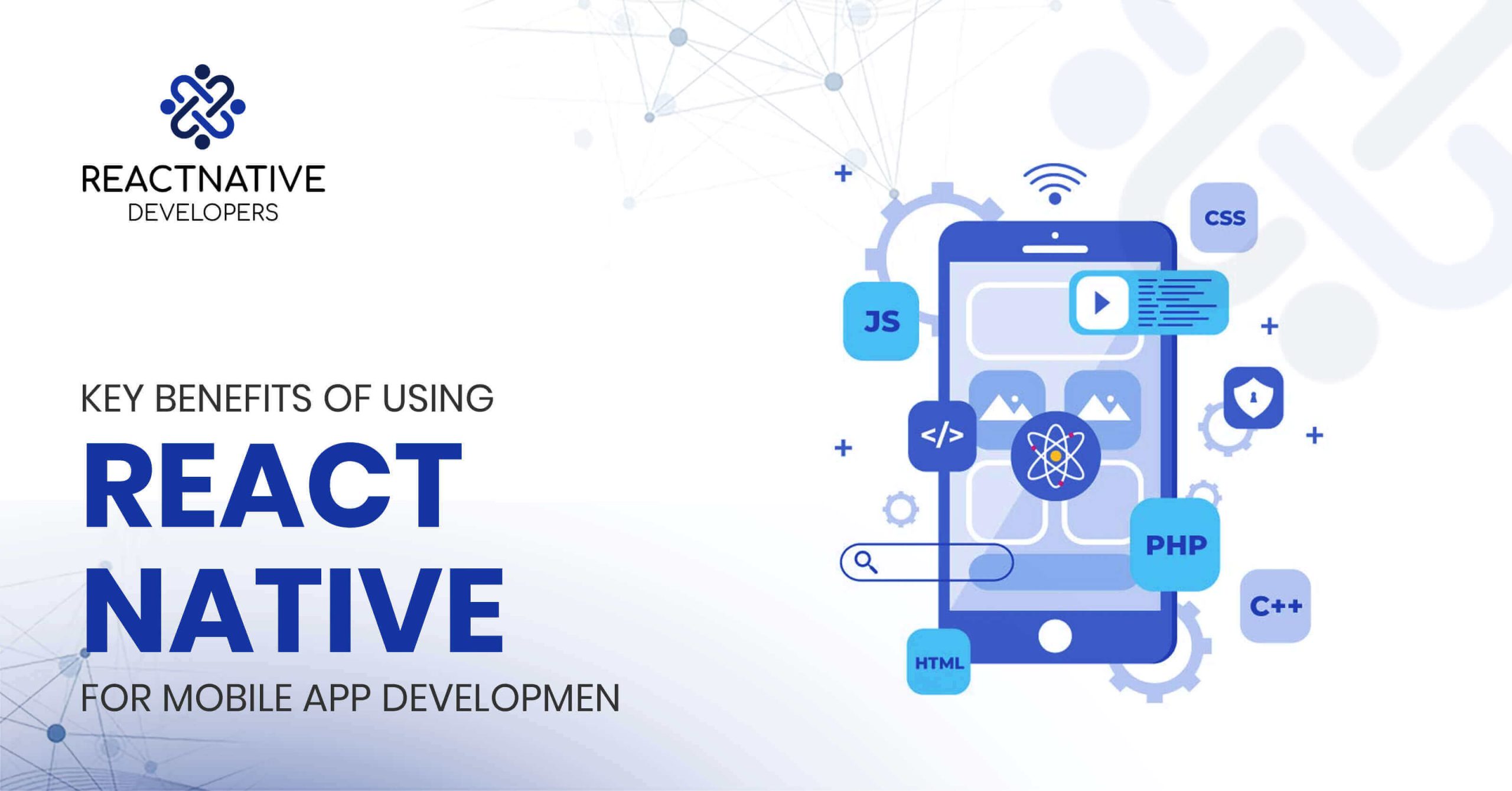Developing apps for the web, iPhones, and Android phones simultaneously is made easier with React Native. Crafting an aesthetically pleasing and user-friendly app can be challenging and time-consuming. UI components such as buttons, text boxes, and menus are crucial for shaping your app’s interface and functionality. React Native component libraries streamline the app development process by offering pre-built components, ultimately saving time and simplifying complex development tasks.
React Native component libraries:
1:NativeBase
NativeBase stands out as a popular open-source library tailored for React Native, offering a rich assortment of pre-built components. From buttons and forms to lists and cards, NativeBase provides a comprehensive toolkit for streamlining mobile app development with a polished and professional aesthetic.
With over 19.9k stars and 2.4k forks on GitHub, NativeBase boasts extensive customization options. Whether aiming for a sleek, modern look or a vibrant, playful vibe, NativeBase empowers developers to effortlessly tailor the appearance of their apps to suit their vision.
Moreover, NativeBase prioritizes user-friendliness, making it an ideal choice for both novice and experienced developers seeking a seamless development experience.
2. React Native Elements
React Native Elements is one of the pioneering libraries, offering a robust toolkit for crafting user interfaces compatible with Android and iOS devices. Guided by material design principles, it ensures a sleek and contemporary appearance across platforms.
With an impressive 24.5k stars and 4.6k forks on GitHub, React Native Elements is renowned for its reliability and versatility in UI development.
- Works Across Platforms: React Native Elements integrates with iOS and Android devices, ensuring compatibility across a broad spectrum of users.
- User-Friendly Interface: With clear instructions and illustrative examples, React Native Elements simplifies the development process, catering to users of all experience levels.
- Tailored Customization: Enjoy the flexibility to personalize the visual aspects of your app effortlessly with React Native Elements, allowing you to create a unique and engaging user experience.
React Native Paper:
React Native Paper is a comprehensive toolkit, akin to a treasure trove, empowering developers to craft visually captivating mobile applications. With over 12.1k stars and 2k forks on GitHub, it enjoys immense popularity within the developer community. Renowned for its user-friendly design, React Native Paper facilitates the creation of stunning components like buttons and cards, elevating the overall aesthetic appeal of your application, and thereby instilling a sense of professionalism.
4. React Native UI Kitten
It is an open-source library dedicated to supporting React Native applications, boasting an impressive following of 10.1k stars and 948 forks on GitHub. This indispensable tool streamlines the design process by offering a plethora of pre-designed themes and allowing seamless customization. With access to over 20 readily available components, developers can expedite the app development process, thus optimizing efficiency and saving valuable time.
5. React Native Material UI:
This resource offers an extensive collection of pre-built components, including buttons, menus, and cards, meticulously crafted to lend your app a sleek and contemporary aesthetic. Garnering acclaim with over 220 stars and 33 forks on GitHub, it is a reliable choice for developers seeking efficiency and style. These components encompass a range of functionalities, from action buttons and avatars to section titles and toolbars, all adhering to a meticulously designed material UI. Customization options are abundant, allowing developers to tailor these elements to their specific requirements while ensuring consistency across the application.
6. Shoutem UI
Shoutem UI is a comprehensive toolkit for crafting visually captivating and seamlessly functional applications. Whether developing for iOS or Android using React Native, Shoutem UI offers a robust solution, evidenced by its 4.9k stars and 455 forks on GitHub.
Its standout feature lies in its remarkable flexibility, where each component seamlessly integrates with others, facilitating the creation of sophisticated interfaces. Furthermore, developers can easily incorporate custom elements or leverage existing ones to impart uniqueness to their applications.
Benefits of Using React Native UI Libraries
Benefits of Utilizing React Native UI Libraries
Exploring the advantages of incorporating React Native UI libraries into your projects:
- Streamlined Development: These libraries offer a plethora of pre-designed components that can be easily customized and integrated into your application. This significantly simplifies the development process, eliminating the need to build everything from scratch.
- Consistent User Experience: By leveraging UI libraries, you ensure uniformity in the look and feel of your application across different platforms and devices.
- Accelerated Time-to-Market: Utilizing these libraries enables you to expedite the development timeline, allowing you to launch your application into the market more swiftly.
- Enhanced Performance: Many UI libraries come equipped with optimizations that enhance the performance of your application, resulting in a seamless user experience.
The Significance of React Native UI Libraries
In the realm of application development, achieving both visual appeal and user-friendliness holds paramount importance. React Native UI libraries serve as indispensable toolsets in this pursuit.
Conclusion
React Native UI libraries function as comprehensive toolkits that streamline the app development process. Whether you’re a novice or a seasoned developer, leveraging these libraries accelerates app creation and fosters the delivery of captivating user experiences.



